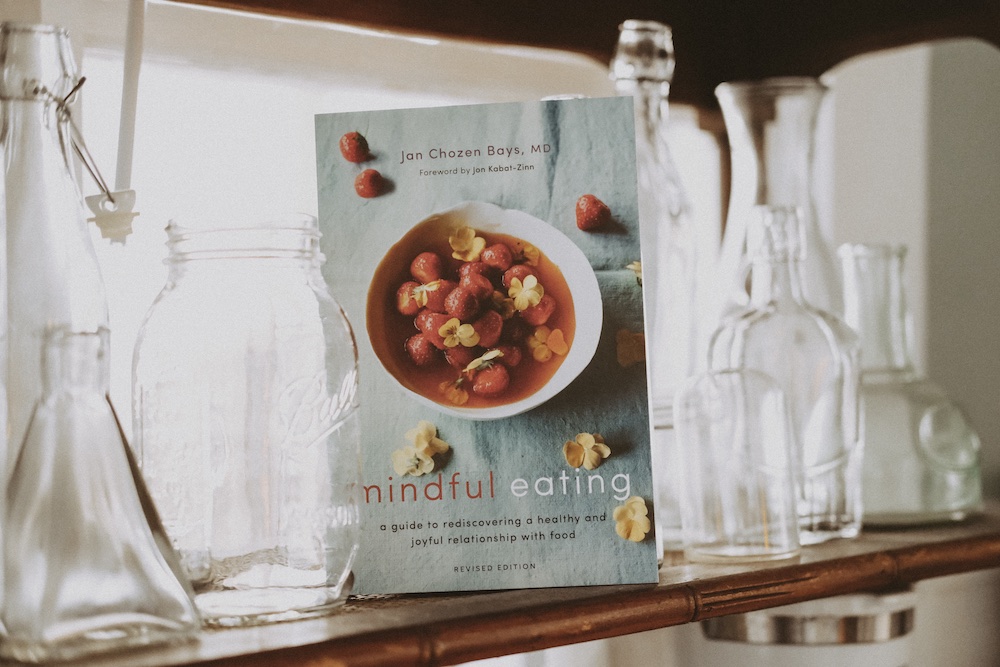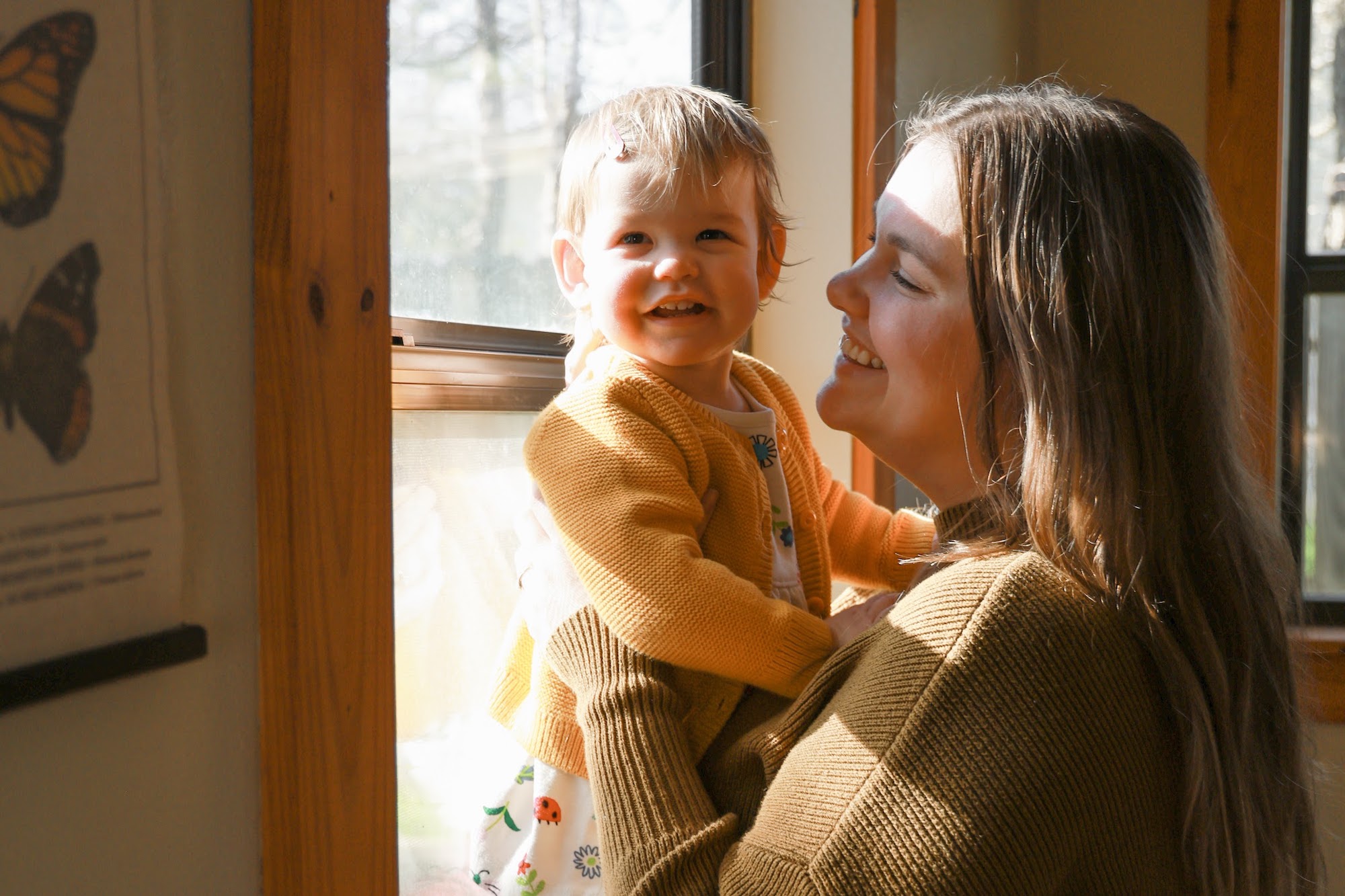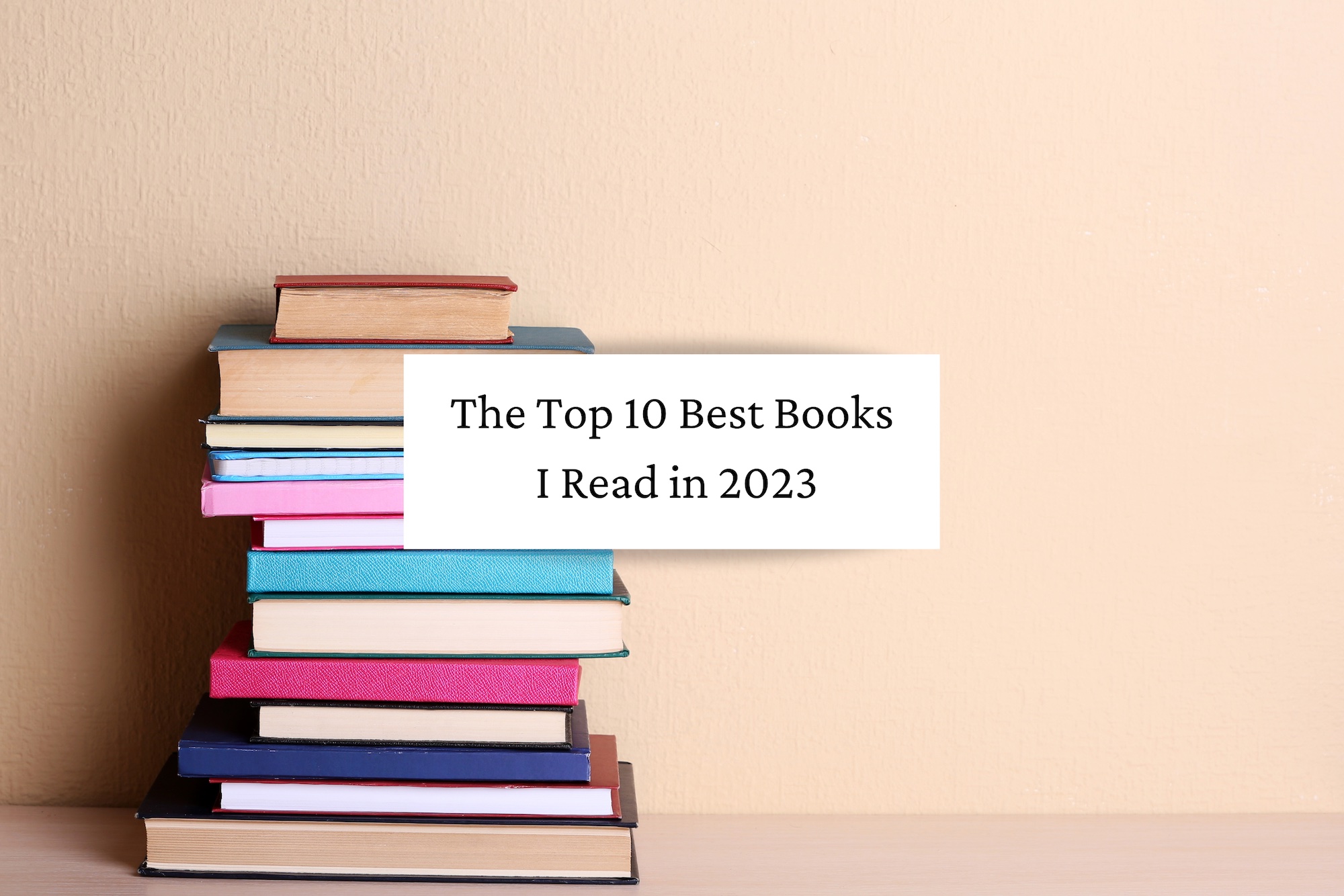Why is it that eating, a practice every human being takes part in several times a day, a practice meant to nourish and fuel our bodies, has become such a point of anxiety, confusion, and shame for so many? Author Jan Chozen Blays sheds some light on that mystery in Mindful Eating, a thorough guide to learning, relearning, and unlearning this basic human functionality. Blays writes,
“It is all too easy for us in this postindustrial era to take eating so for granted that we engage in it with huge unawareness, and also freight it (all puns intended) with complicated psychological and emotional issues that obscure and sometimes seriously distort a simple, basic, and miraculous aspect of our lives.”
This book isn’t for readers who are only mildly interested in learning to eat mindfully; Mindful Eating is thorough, chock-full of valuable insights about things like the nine kinds of hunger (can you believe there are so many?!), guidance for exploring your own habits and patterns around food, and the six guidelines for mindful eating. This book is teeming with exercises for reconnecting with mindfulness around food, and includes testimonials from those who have gained life-changing results from Blays’ work. The insight I found most interesting in this book was the nine types of hunger.
The Nine Types of Hunger
Blays carefully balances mindful eating theory with mindful eating practice; included are carefully written step-by-step instructions for mindful eating exercises. There are even audio instructions available through Blays’ online library, so that you can listen to instructions as you practice the mindful eating applications.
How many types of hunger are there? In the past, I would have told you two, maybe: the classic stomach hunger most of us identify easily, and perhaps I may have also acknowledged an emotional hunger, what Blays calls Heart Hunger. As Blays explains, there are actually nine types of hunger, including:
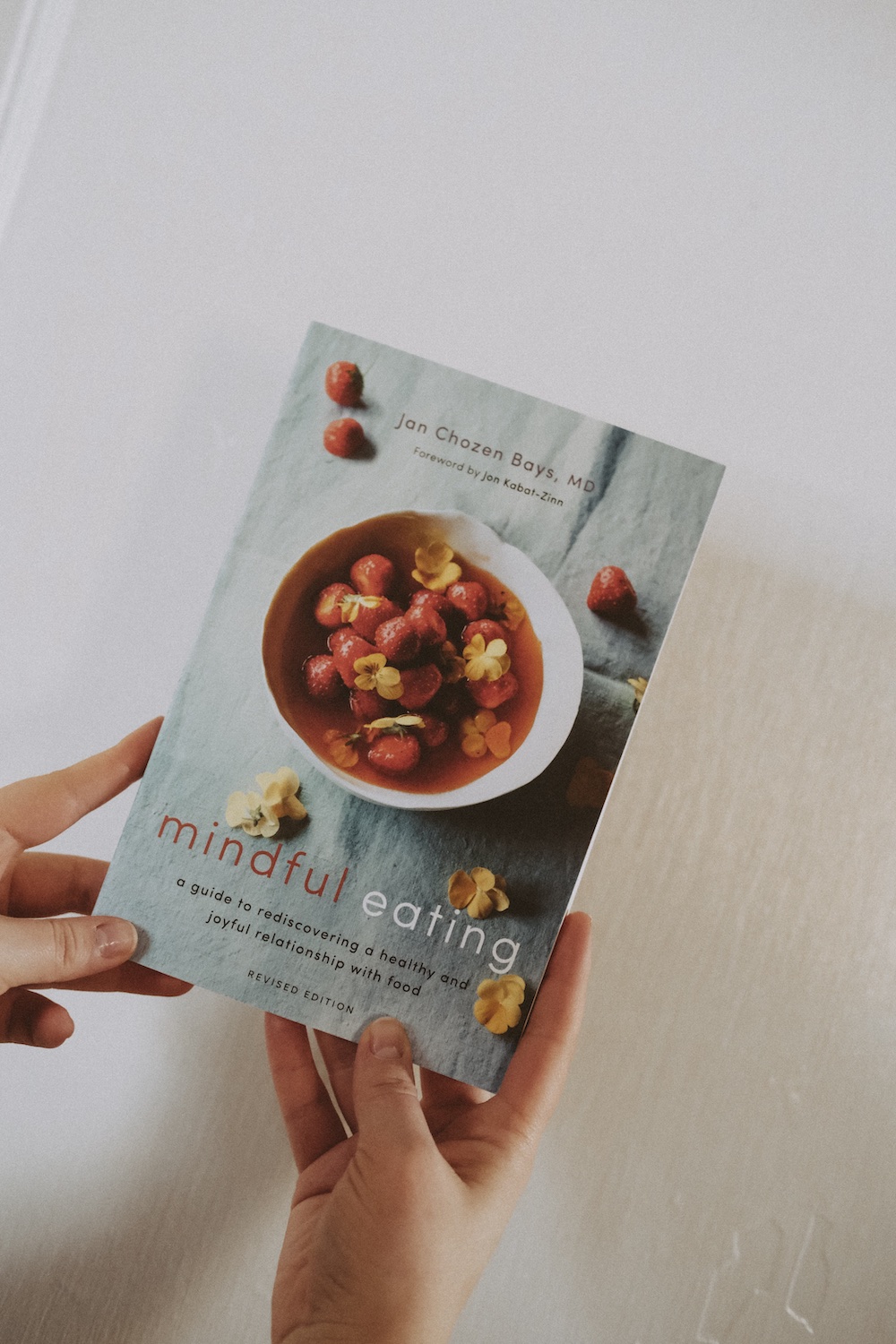
- Eye Hunger
- Touch Hunger
- Ear Hunger
- Nose Hunger
- Mouth Hunger
- Stomach Hunger
- Cellular Hunger
- Mind Hunger
- Heart Hunger
Blays explains each of these types of hunger in detail: what they’re like, becoming aware of them, and learning how to satisfying each type of hunger. Often, many of our problems with food occur because we are trying to satisfy the wrong king of hunger. According to Blays, learning to differentiate the types of hunger, and how to satisfy each of them, will lead to a much healthier and happier relationship with food.
I really enjoyed the way that Blays does not center the importance of mindful eating around the goal of losing weight. While weight loss can sometimes be a result of learning to eat mindfully, that isn’t the goal of Blays’ work. Blays sums up the heart of this book beautifully in this quote,
“This book is not about diets or rules. It is about exploring what we already have and appreciating everything we are doing. Will you lose or gain weight if you bring mindfulness into cooking and eating? I don’t know. What you could lose is the weight of the mind‘s unhappiness with eating and dissatisfaction with food. What you could gain are a simple joy with food and an easy pleasure in eating that are your birthrights as a human being.
We all have to eat. It is a basic requirement of being alive. Unfortunately there are few daily activities that are so loaded with pain and distress, with guilt and shame, with unfulfilled longing and despair as the simple act of putting energy into our bodies. When we learn to eat mindfully, our eating can be transformed from a source of suffering to a source of renewal, self-understanding, and delight.”
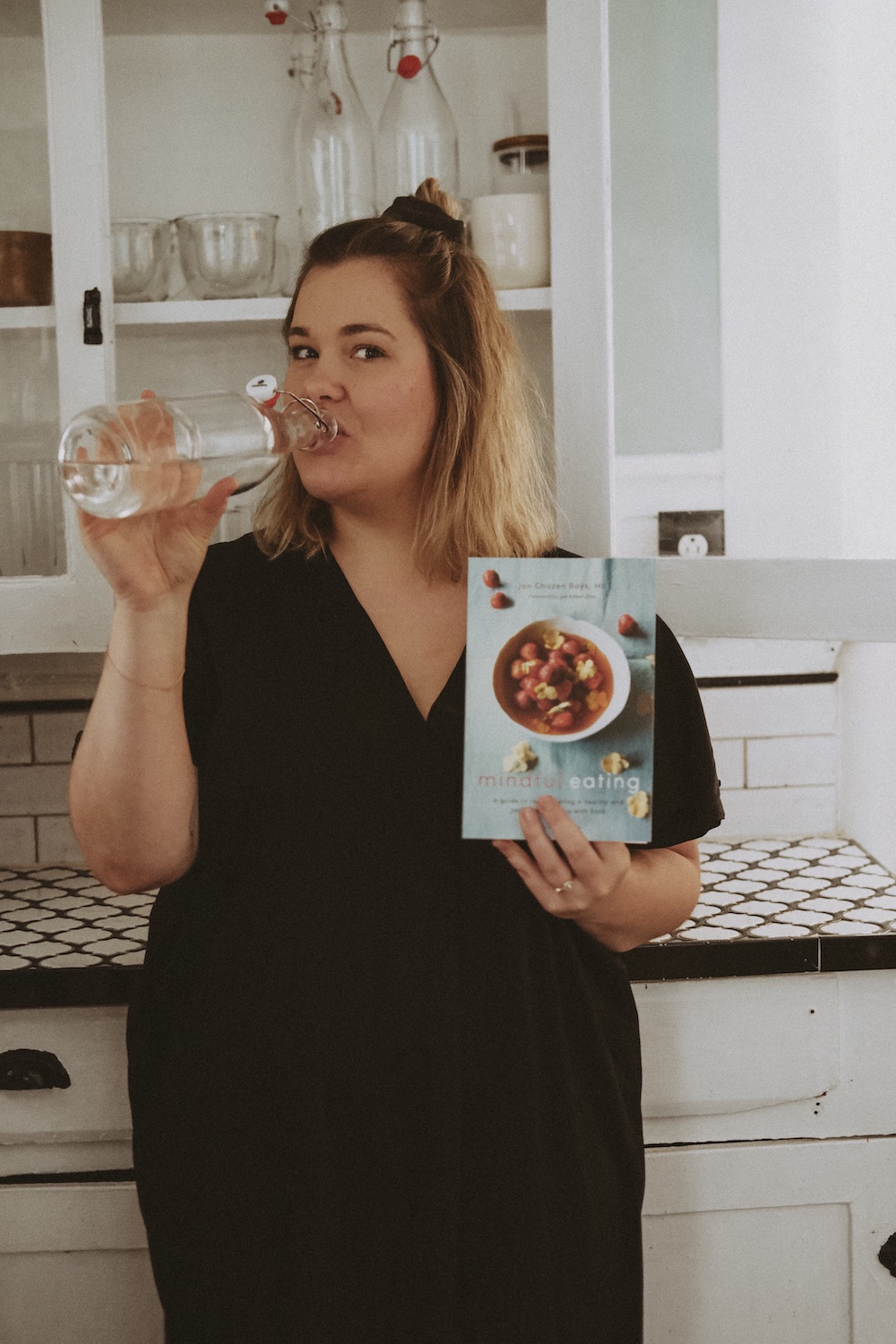
Why Mindful Eating Intrigues Me
I was especially intrigued by what Blays had to say about mindful eating in young children. An entire chapter of Mindful Eating is dedicated to guiding children in mindful eating, which I found wildly insightful and practical. Blays explains that kids know what they need when it comes to eating, and that most children come into the world with an natural intuition regarding which foods and how much they need.
It isn’t until they are old enough to begin to be notice the behavior of others that they start to ignore their bodies in favor of social conformity. Usually around toddlerhood, children stop looking inward for food guidance and start looking outward, picking up on both the overt and the subtle messages their parents and other caregivers are giving about food. I thought the research around this topic was endlessly fascinating, particularly since I am having my first child this year and I want to be aware of the best ways to guide her and love her when it comes to eating.
Thanks for reading my review of Mindful Eating by Jan Chozen Blays. To stay up to date on all of my book reviews, join my email newsletter below.
Photos by Kara Buse.

